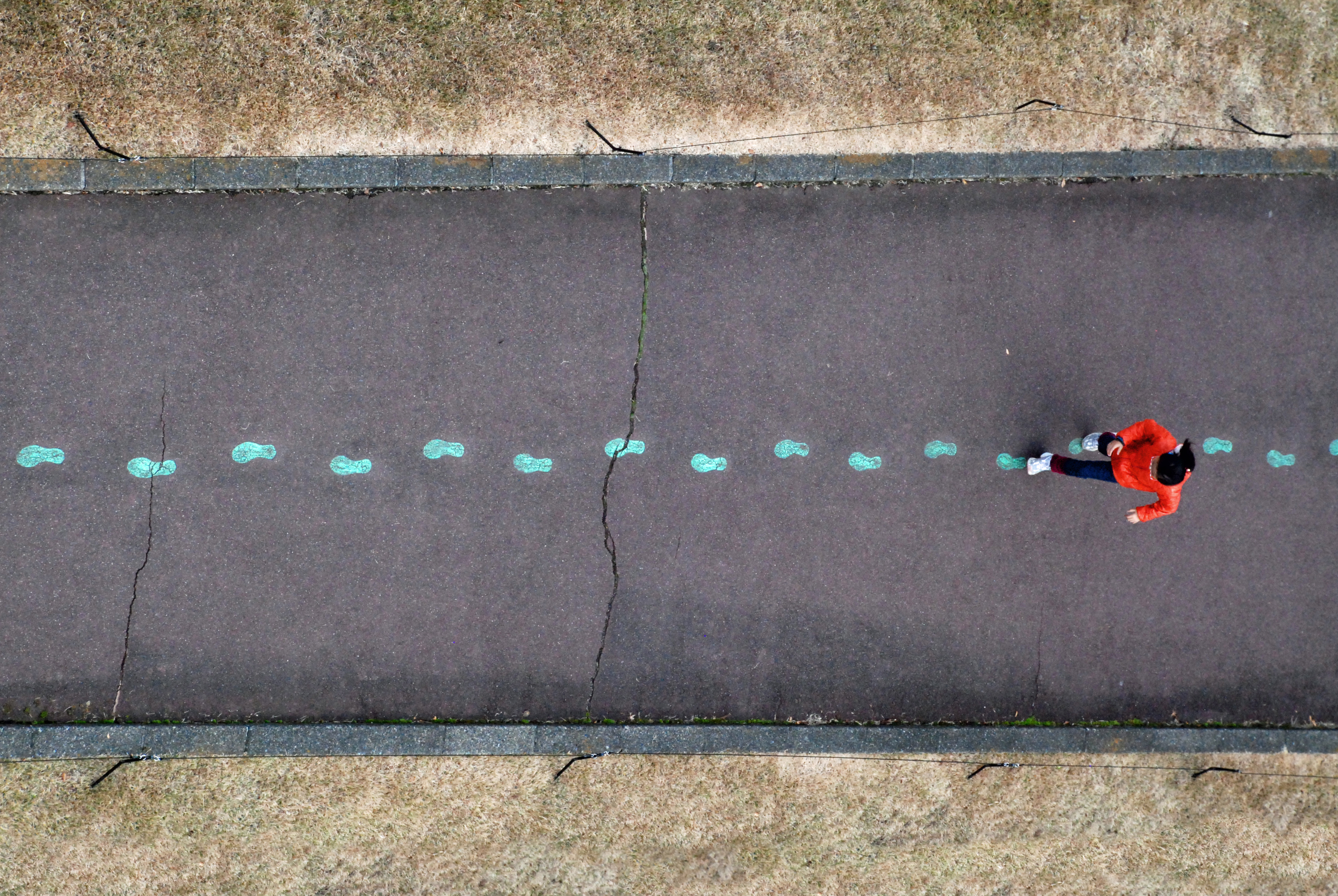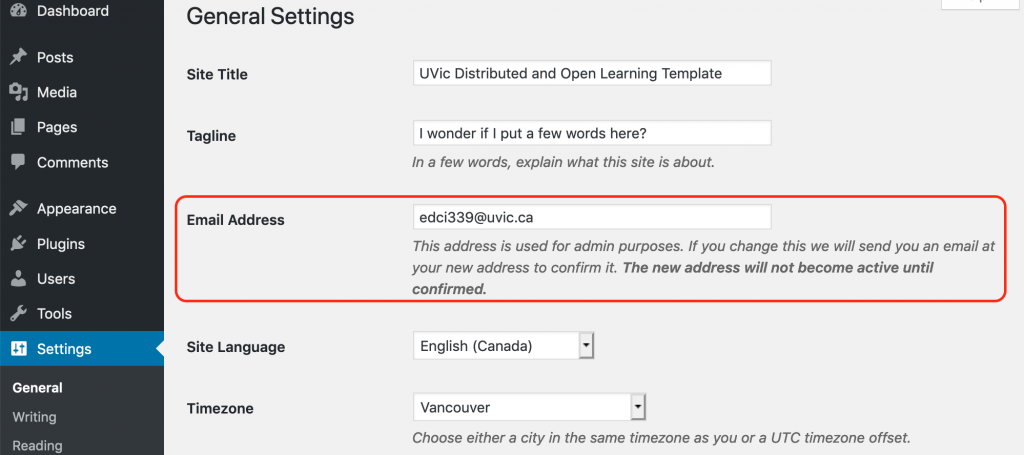In this final topic of the course, I really appreciated the choice in reading. Wiley & Hilton do an excellent job communicating clearly about some of the concepts that I was having some trouble defining. Namely, open education practices, which from my understanding includes the fulfillment of some or all of the 5R’s (Retain, Reuse, Revise, Remix, Redistribute), and the use of Open Educational Resources in the instructional setting. Reading further, the 4 metrics that the authors propose as a test for labeling a learning approach as open-pedagogy also helped clarify the concept of what an OER is as well. This piece made me think on just how valuable open-pedagogy approaches can be for students, especially when applied in the right settings. Their examples in the text made me realize how engaging open practices can be, especially for younger students who have never been given an opportunity in a traditional educational setting to be in a place of control over their own learning. When considering the 4 metrics of an OER set out by Mays et al., (2017), one also has to consider the anonymity of minors when addressing the last two metrics. Simply posting student work anonymously strikes me as opposite the point, as I think the attachment to one’s own public work encourages critical thinking. Finding a solution outside of eliminating personal attachment to coursework when presented to the public would be a very big step in the advancement, and wider acceptance of open-enabled pedagogy at an institutional level. Thinking back on my art courses in junior high, I can still remember a lot of the pieces we made simply because we worked on them ourselves and displayed them in the hallways of the school. Moments where students are in control of their learning can be very powerful, and have very positive impacts on future students as well when enabled. I think this personal connection and public exposure really encourages students to reflect on the work they produce, as it becomes representative of themselves and their relationships to the learning.
As for the four part test, I think these metrics can serve as good tools to identify some key aspects of OER- enabled pedagogy, however I think they are a bit unrefined. Particularly the second example of OER-enabled pedagogy on page 139 brought up a key factor in my consideration for the widespread adoption of OER-enabled pedagogies. That being privacy of minors, seeing as many of these approaches would be most effective on early learners, the public sharing and open licensing may present some barriers to entry early on in the advancement of OER. I think if I were going to be a teacher, I would be hesitant to adopt these two parts of the test, aside from allowing students to make their work publicly available on their own. Reading about the Creative Commons Licenses also helped me understand the importance of what these tools do for the education community, and how important they may be for OER moving forward. Perhaps developing a larger sense of community would allow students to maintain their sense of ownership and pride in their work, while limiting the scope of privacy concerns. Maybe this looks like developing more programs in schools that connect students in different classrooms and grades, in order to foster a larger sense of community within educational settings. The concept of having mentors is something very familiar to Indigenous communities, and I think this is an excellent example of the human-centred nature of Indigenous ways of knowing. Bringing this type of relationship into traditional educational settings can present further options for the development of cognitive, social and teaching presences for students. Further, it encourages students to take on some level of teaching-presence, something that is very seldom asked of students in grade K-12. The conclusion of the reading does an excellent job highlighting the importance of successful OER-enabled pedagogies, as they can serve to be examples of the benefits of adopting these approaches for students, institutions, and educators.
Finally, to answer some of the questions the paper asks on future research, I would say a lot of them are highly dependent on material being taught in the course. For example, on whether or not students assigned to create, revise, or remix artifacts find these assignments more valuable, is heavily dependent on what is being taught, the interest of the student, and how the student learns. Courses such as mathematics would be very different from courses such as art education, despite them sharing some qualities. To expand on my idea of mentorship in grades K-12, this would bring further similarities to courses that seem far apart, as we engage in the same relationships with other students just on different learning materials.
I would like to mention that I think the widespread adoption of OER-enabled pedagogies would have extremely positive impacts for students, and I think the concept shares a lot with Indigenous ways of knowing as well. The most evident relationship between Indigenous ways of knowing and open-enabled pedagogy lies in their human-centred approach. When engaging with Indigenous content, it is very important to be able to include the historical, present, and future contexts of the work being done. This looks like taking time to listen to individual experience, letting those experiences help guide the learning, and understanding the importance of self-location.
I have done way more learning about learning in this course than I could have imagined! Thanks to everyone for all your posts, and my group members for being so lovely 🙂

